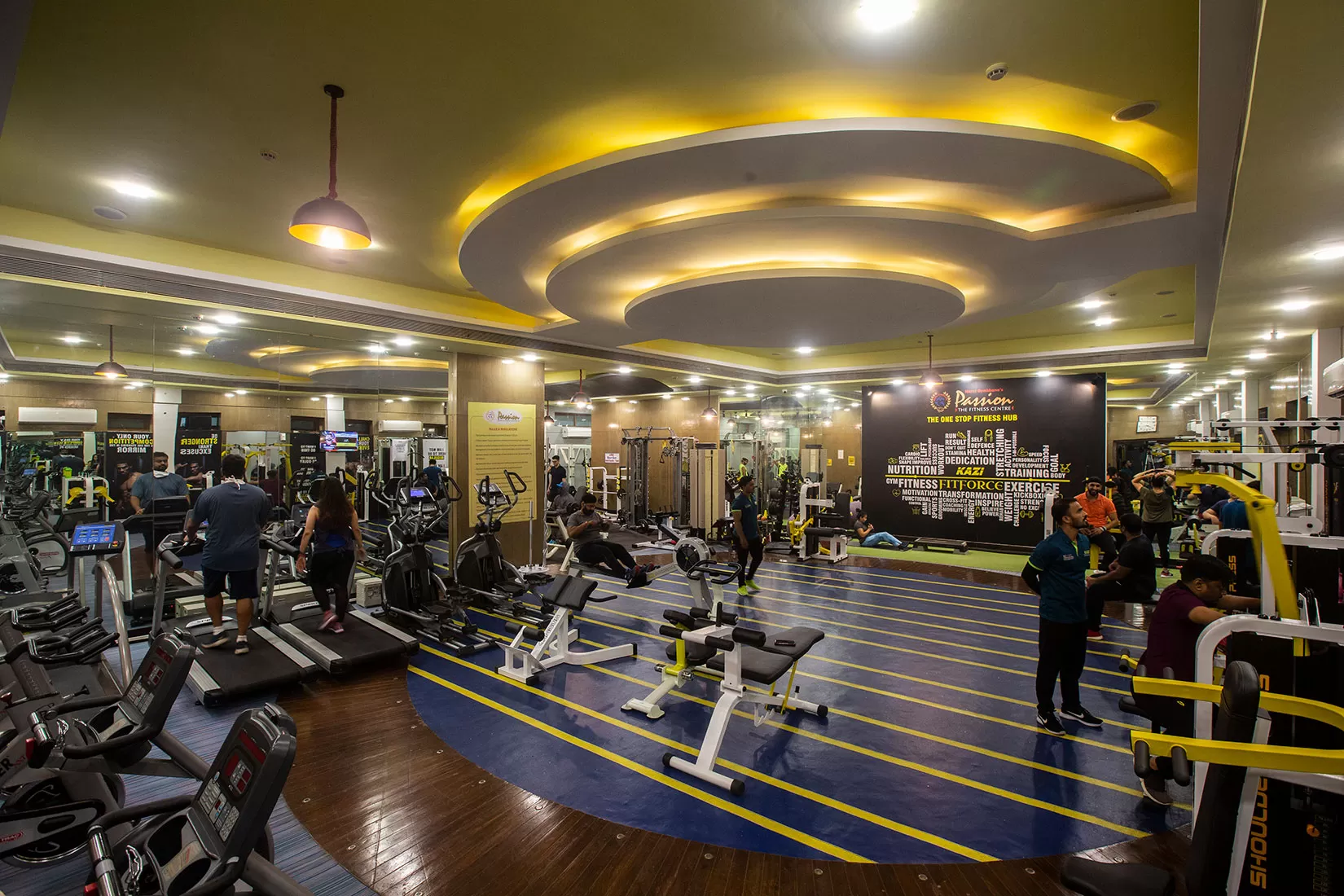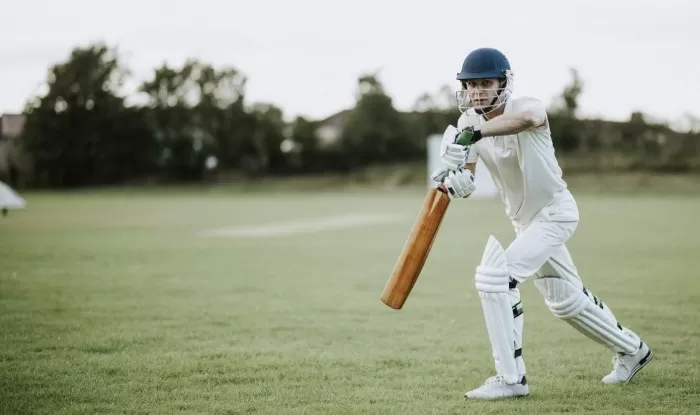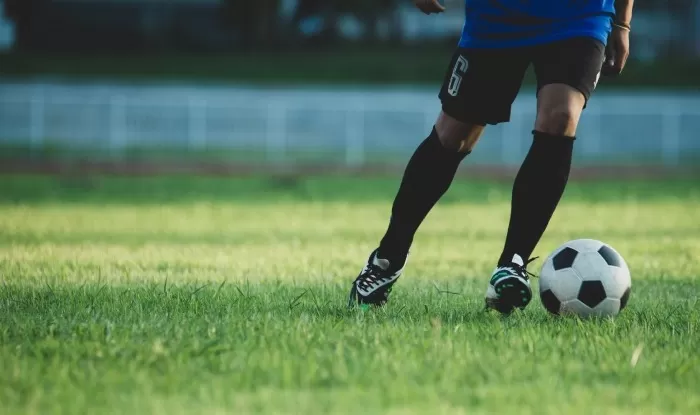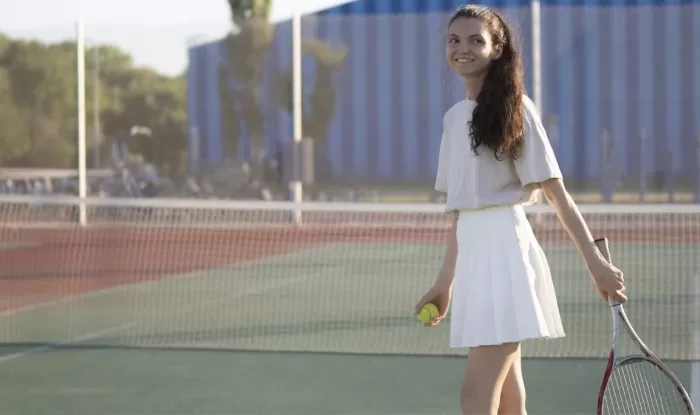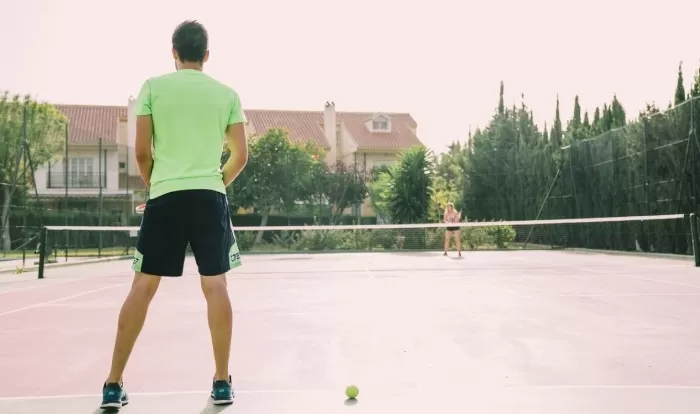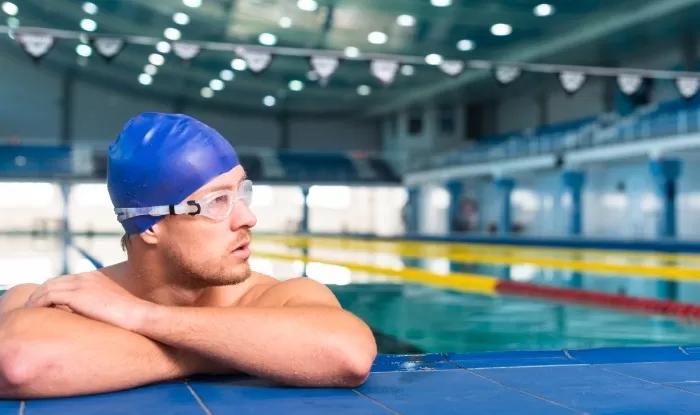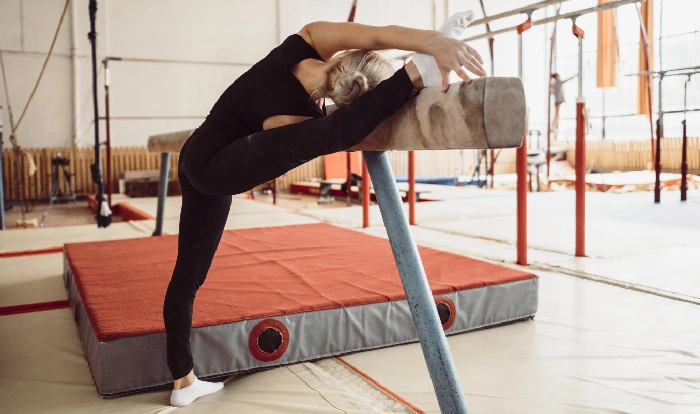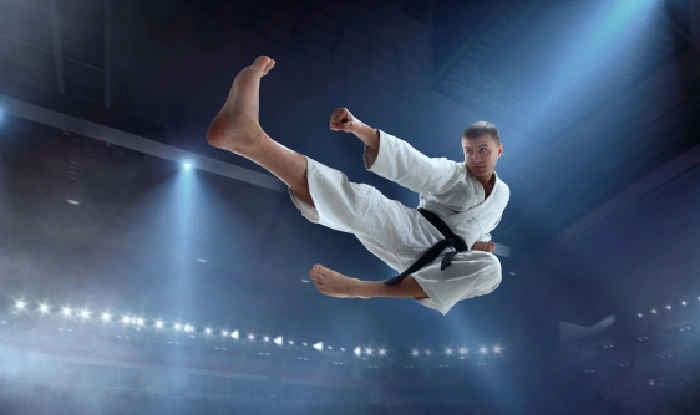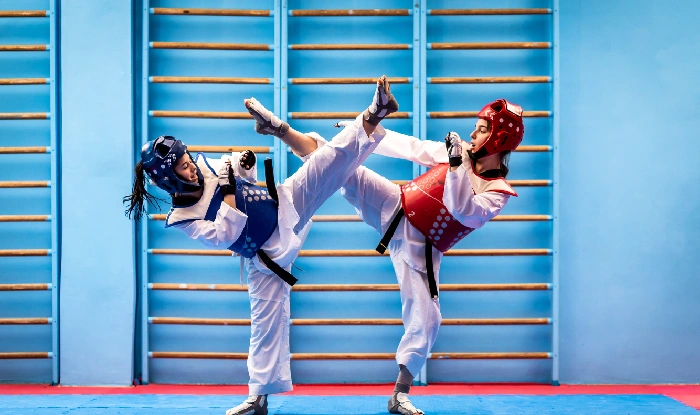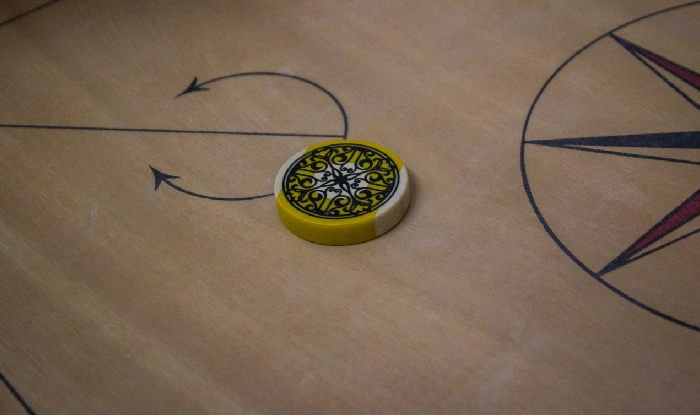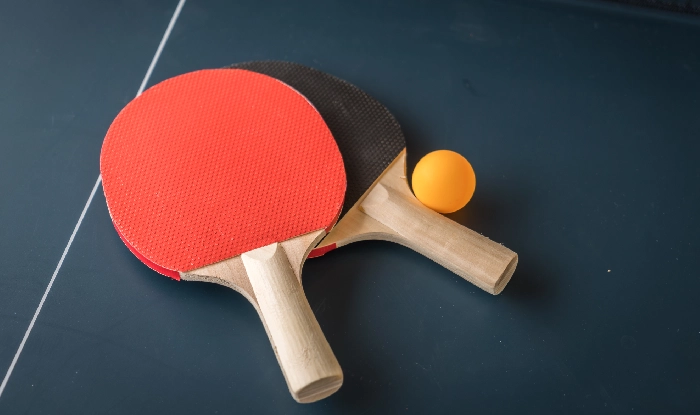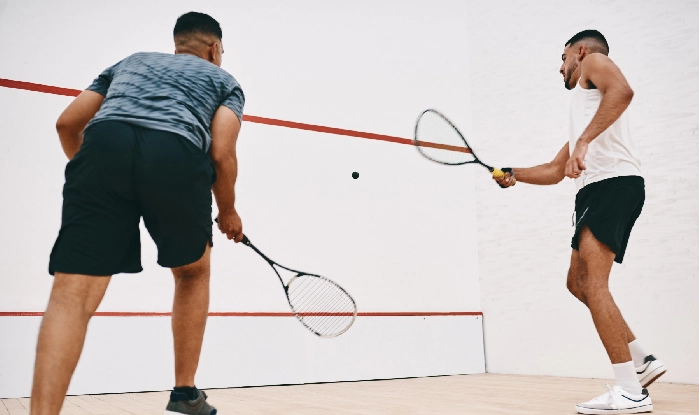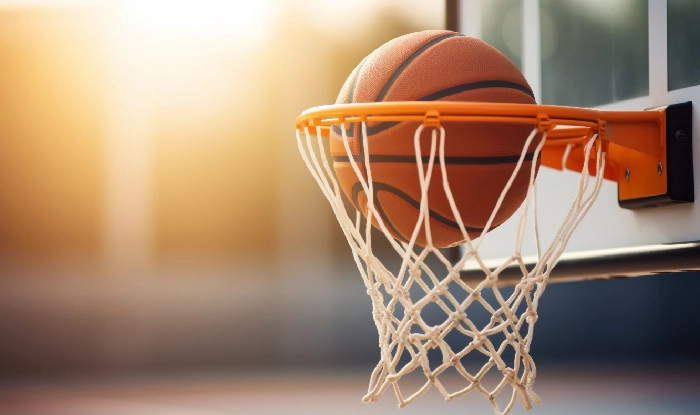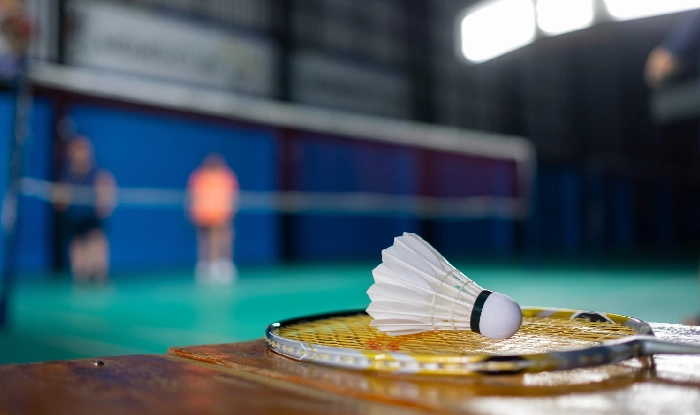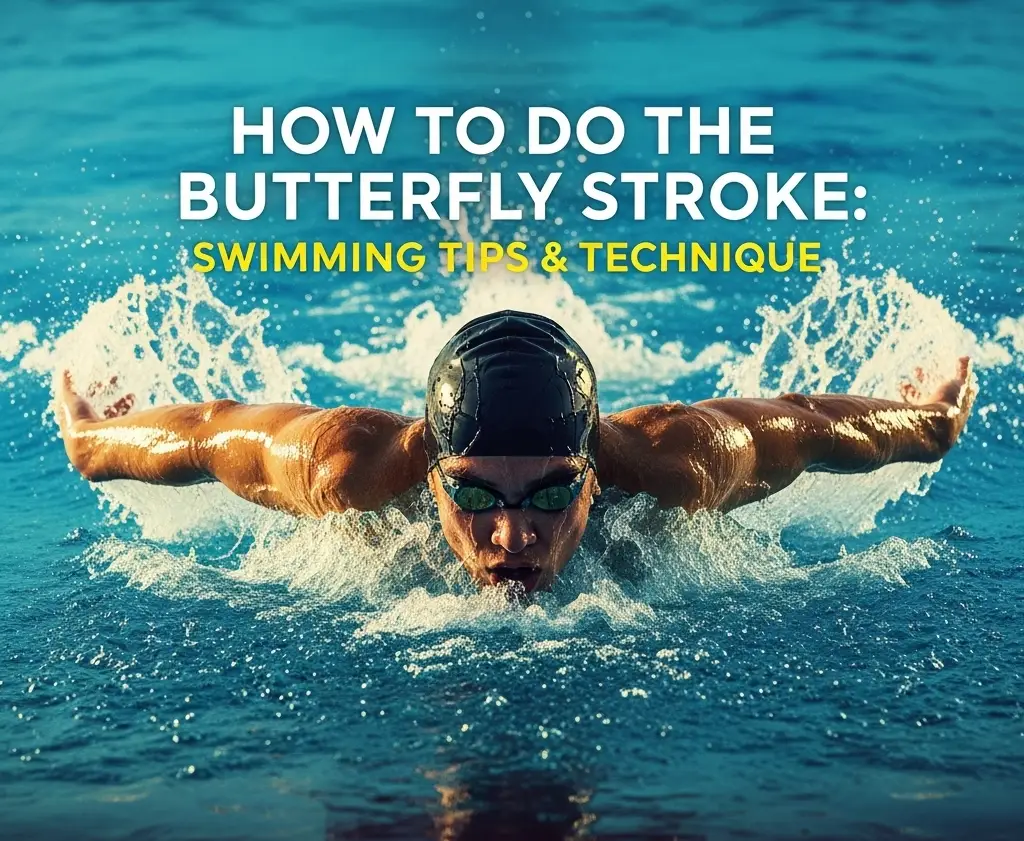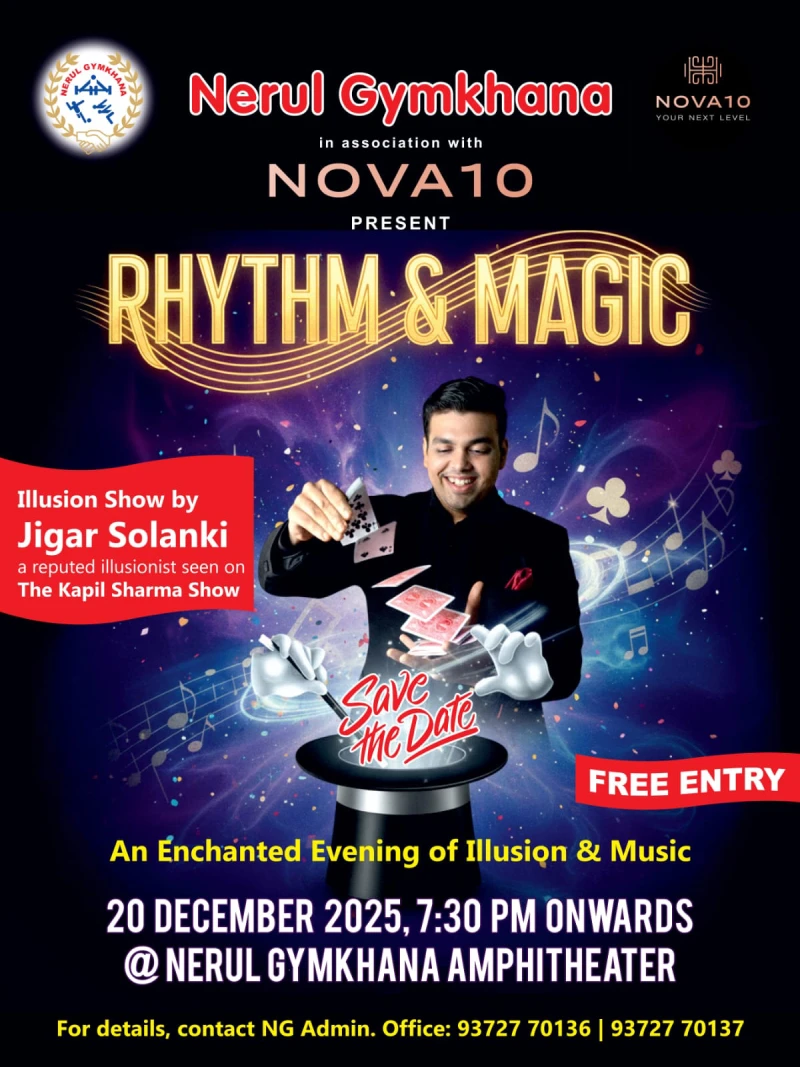Whether you’re a beginner or an experienced swimmer looking to improve your technique, mastering the butterfly stroke requires consistent practice. Instead of just searching online, this blog will guide you through performing the butterfly stroke to enhance your swimming skills.
The butterfly stroke is a powerful and graceful swimming technique, but it is also one of the most technically challenging. The butterfly’s unique dolphin-like motion and sweeping arm movements necessitate strength, rhythm, and breath control.
What is a butterfly stroke?
The butterfly stroke is a competitive swimming technique that combines simultaneous arm movements with a dolphin kick. It is distinguished by its wave-like body movement and the need for accurate timing.
Butterfly stroke is frequently seen in Olympic events; if someone asks you, “What game is butterfly stroke related to?” you will respond, “Swimming.”
Butterfly Stroke: Mastering the Basics
Here’s the deal: they may appear effortless on television, and you may wonder. It requires a unique combination of technique and power.
-
Body position.
- Keep your body flat and just beneath the water’s surface.
- Your head, spine, and hips should be in proper alignment.
- Maintain a horizontal position to reduce drag and stay streamlined.
In many swimming circles, a butterfly’s streamlined body alignment determines whether it performs well or not.
-
Butterfly Action: Arm.
The arms are the most visible part of the butterfly’s action, and they move clearly:
- Begin with your arms extended forward.
- Pull both arms outward, then downward in a circular motion.
- Recover by lifting both arms above the water and swinging forward together.
You might wonder, How do I execute the arm recovery in the butterfly stroke correctly? The key is to keep your arms relaxed and lift them using your core muscles rather than relying on your shoulders.
-
Dolphin Kick: The Heart of the Butterfly.
Butterfly’s signature kick resembles that of a dolphin. This is why they call it a dolphin kick.
- Keep your legs together and kick from the hips rather than the knees.
- You’ll use two kicks per stroke cycle: one during the pull and one during the recovery.
If you’ve ever watched a swimmer closely, you’ve seen how powerful and quick this kick can be.
-
Breathing technique.
Proper breathing helps you maintain a rhythm and reduces fatigue.
- During the arm pull, inhale as your chin rises out of the water.
- Exhale underwater before taking the next breath.
- Avoid raising your head too high, as this disrupts alignment and slows you down.
Tips for Improving Your Butterfly Stroke Technique
Want to move like a pro? Use these simple but effective tips to improve your butterfly action technique:
- Maintain a strong core to power the dolphin kick.
- Move with your entire body, not just your arms.
- Begin slowly and gradually increase the rhythm and pace.
- Every one or two strokes, work on your breath timing.
- Concentrate on the underwater dolphin kick strength.
Surprisingly, most swimmers who struggle with butterfly action have yet to master the rhythm, which is required for swimming smoothly.
Drills to Improve Your Butterfly Skills
To truly master butterfly swimming, you must not only be enthusiastic but also practice proper technique. The body dolphin drill is a basic technique in which you swim with only dolphin kicks and keep your arms by your sides. This enables you to create a powerful body wave and understand the flow of butterfly action.
Another effective drill is the Single Arm Drill, which requires only one arm to perform the stroke while the other rests at your side. This isolates motion and encourages good coordination.
The 3-3-3 Drill goes a step further by requiring three strokes with your right arm, three with your left, and three full butterfly strokes.
How to Train Better
As with any sport, training in the right environment can significantly speed up your progress. If you’re serious about learning how to do the butterfly stroke properly, you’ll need high-quality equipment and expert guidance.
Nerul Gymkhana is a well-known training facility with Olympic-sized pools and certified coaches to help you improve your stroke technique.
For those looking for swimming options in Navi Mumbai, this facility provides not only infrastructure but also a sense of community that promotes continuous improvement.
Common Butterfly Stroke Mistakes To Avoid:
How should I learn the butterfly action stroke effectively?
It is simple to make a few common mistakes. Many swimmers overuse their arms while ignoring core engagement, resulting in a disruption in rhythm. Another common error is kicking from the knees instead of the hips, which reduces propulsion and efficiency.
Improper breathing habits are also prevalent: raising your head too high or breathing too late can disrupt your stroke flow and cause fatigue. Furthermore, failing to maintain a horizontal body position increases resistance and slows you down.
Final Thoughts
The butterfly stroke is not just a technique; it is a type of aquatic art. While it requires more of your body than other strokes, the result is a satisfying full-body workout and an impressive display of strength and coordination.
Whether you’re just learning to swim or working on perfecting every detail of your butterfly action, consistency and patience are your best friends. To improve, set goals, practice consistently, and seek professional assistance as needed.
One of the best swimming clubs in Navi Mumbai is Nerul Gymkhana, which offers structured, results-oriented training. With their experienced coaches and world-class facilities, you can confidently achieve your swimming goals.
FAQs:
-
What breathing pattern is appropriate for the butterfly stroke?
The breathing pattern is usually one or two strokes per breath. Inhale as your arms pull back and your chest rises. Exhale underwater before proceeding with the next stroke. Practicing this allows you to master the butterfly action stroke and learn to breathe without breaking rhythm.
-
Why is the butterfly stroke considered difficult?
The butterfly stroke requires precise timing, core engagement, and good breath control. It moves the entire body in a wavelike pattern. Swimmers often struggle to maintain rhythm and power. Joining expert-led facilities, such as swimming in Navi Mumbai, can help reduce the learning curve.
-
What drills can help me improve my butterfly technique?
Drills like the single-arm butterfly, body dolphin, and 3-3-3 can help you isolate specific parts of your stroke while also increasing strength and rhythm. These are especially useful for learning how butterflies swim properly and with control.
-
Is the butterfly stroke used in competition swimming?
Yes, absolutely. Swimming is one of FINA’s four recognized competitive strokes, and it is used in competitions around the world, from elementary school to the Olympics.

